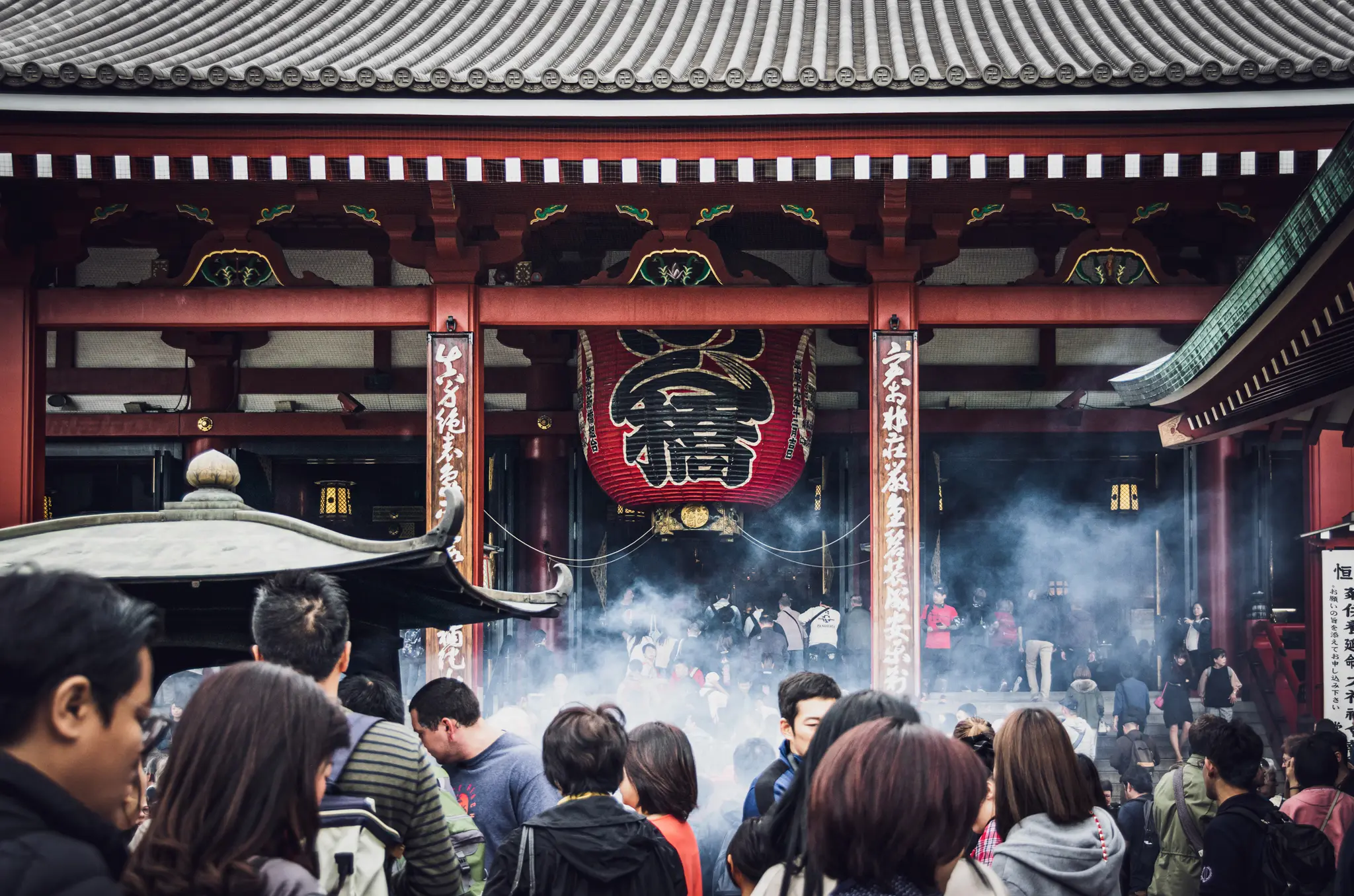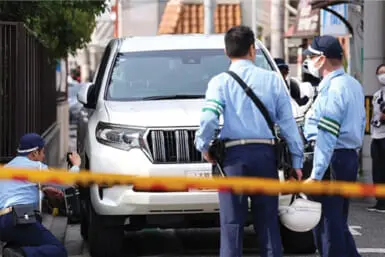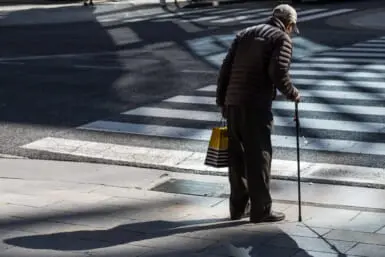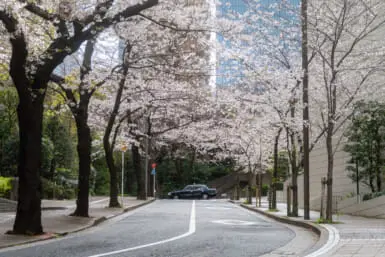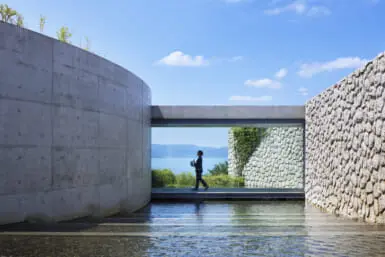You’ve probably heard the word “overtourism” in recent months. The buzzword of 2024, it implies that there are too many tourists in certain places. Here at Tokyo Weekender, we’ve tried to take a balanced approach to the issue. While we have published articles about some of the more popular locations in Japan, we’ve also tried to show that there are some great options beyond the well-trodden paths of traditional tourism.
Large numbers, however, are still flocking to the most famous sites. This can create a negative image of the country and put people off from visiting. Just yesterday, for instance, a good friend mentioned how they’d decided to skip Japan because they didn’t want to contribute to overtourism. It’s a noble sentiment, but it’s also unnecessary. Large numbers visiting Japan isn’t the issue: overcrowding in certain places is.
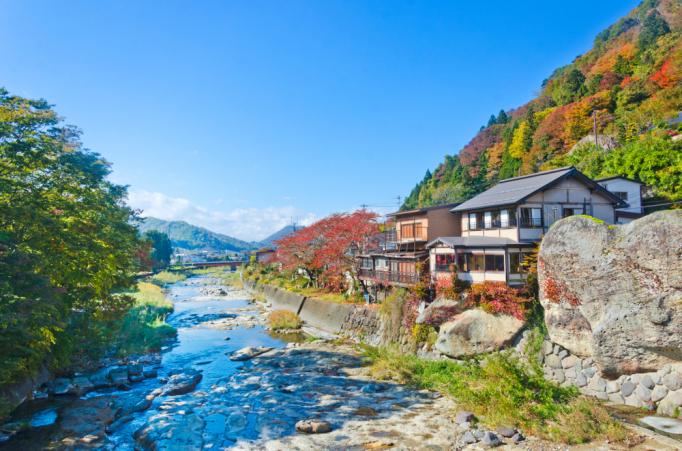
Yamagata Prefecture is highly underrated
Overly Promoted Destinations
It’s easy to understand why overtourism has become such a weighted word. Type it into a search engine, and you’ll find many negative articles about long lines at popular sightseeing spots, ill-mannered visitors and locals feeling disrespected. Last year, I reported on Gion — Kyoto’s revered geisha district — where shop owners were putting up signs to deter tourists and weary izakaya owners instigated “Japanese only” policies.
For people overseas who read these kinds of articles, it may seem like Japanese people don’t want tourists visiting their country, yet the reality is different. Based on my own experiences traveling around Japan, tourists certainly are welcome in this country. Problems arise, however, when too many people visit and fill particular places past capacity. That is what is happening in overly-promoted, Instagrammable tourist destinations.
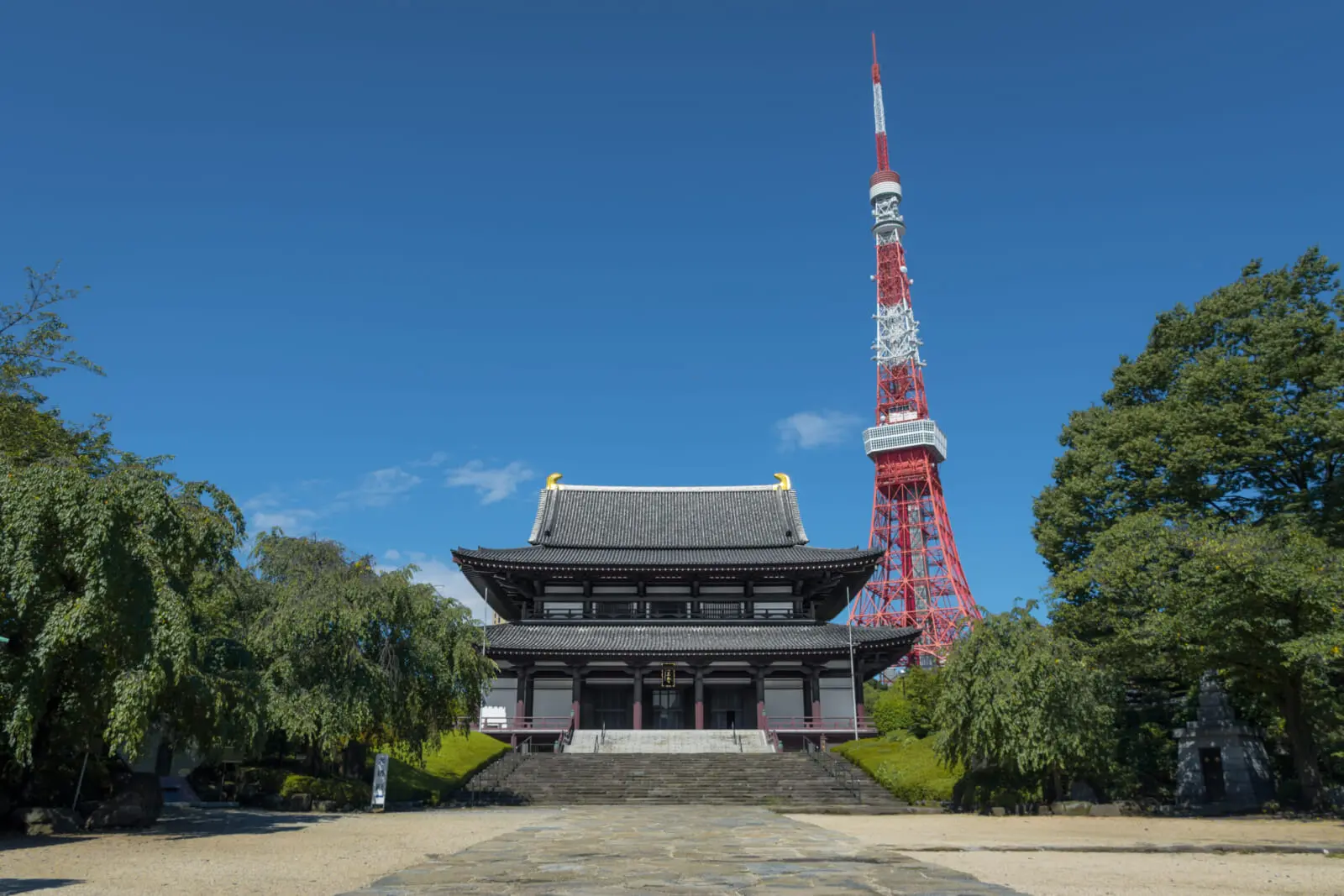
Redirecting People’s Attention Away From the Main Tourist Sites
Towards the end of last year, travel site Fodor’s released its list of “destinations to reconsider in 2025,” which included Tokyo and Kyoto. The publication cited too many crowds and recommended people to visit nearby areas such as Nikko instead. Yet, anyone who has visited Nikko recently will know it can also get very crowded. Plus, Tokyo and Kyoto are huge, so there’s plenty of space if you know where to go.
Japan’s capital can feel overcrowded and draining in places where there are too many tourists, but if you take the train in the opposite direction to the crowds, it is often a completely different story. The situation is similar in Kyoto. While it can be incredibly frustrating being surrounded by so many people at popular sites, those that head to the north of the prefecture will find relatively calm and quiet districts that are well worth visiting.
It’s vital to redirect people’s attention away from the main tourist sites. Yes, the likes of Tokyo Skytree, Osaka’s Glico Man sign and Kinkakuji in Kyoto are iconic, but there is far more to Japan than these famous spots. There are delightful areas all over the country that get little attention. We should be doing all we can to support those areas, as many of them are crying out for tourists.
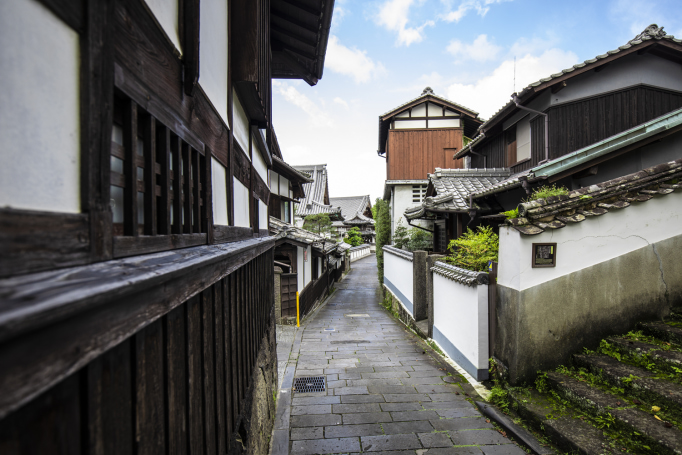
Oita
Underrated Destinations
Oita Prefecture is a good example. While places like Beppu and Yufuin get their fair share of tourists, many regions in the prefecture are criminally underrecognized. This was evident during a trip I made there for work last year. We visited some stunning destinations I’d never heard of before. Of course, getting around Oita isn’t as convenient as Tokyo, Osaka or Kyoto, but it can be incredibly rewarding for those who make that extra effort.
Another recent trip I made was to the seaside district of Ito, stopping off at Atami along the way. The latter was bustling with tourists, who swarmed across every crook and cranny of its shotengai, lined up for purin and took pictures in designated photo spots. When I headed 20 minutes up the coast, however, it was a completely different story. Yes, there were purin shops and cute photo spots, but no one was lining up for them. You could walk straight in. It was disheartening to see so few people, when there is so much potential there.
Last year, a record 36.8 million foreign visitors arrived in Japan. It seems likely the numbers are going to continue to rise as the government targets 60 million visitors annually by 2030. It’s clear that, broadly speaking, the economic benefits are huge. What’s needed, though, is a clear plan to work out how to spread the tourists out.

